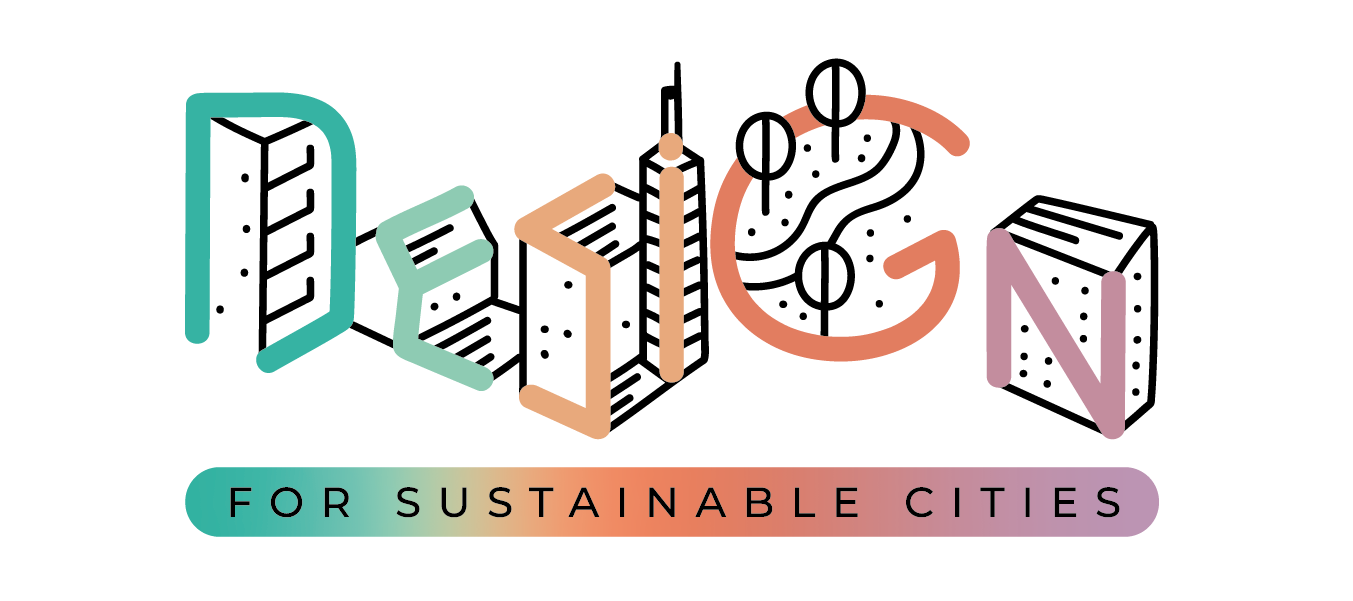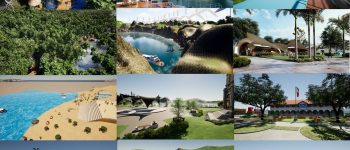Being in the middle of the country’s typhoon belt, Bato (and the rest of Catanduanes) has no pronounced dry season; rather, it has about 12-15 rainy days a month on average. There is a greater chance of rainfall and typhoons between October to February. The decreasing forest cover has continued despite the logging ban that was imposed by the national government on the province’s forest lands in 1973, which was exacerbated by unsustainable upland farming practices and other land uses. Thus, resulting in low soil productivity, soil erosion, loss of biodiversity, and impaired hydrology, which when allowed to continue, would threaten the province’s supply of water and pose serious repercussions to the lowland ecosystem and to the people’s wellbeing. These forest areas are the main source of all types of water supply in the province for domestic, irrigation, industrial, hydro-electric power generation, recreation, and others.
Since Bato, Catanduanes is located within the typhoon belt, it is highly vulnerable to natural calamities and damages brought about by floods and typhoons. Due to the recent Typhoon Rolly and Typhoon Ulysses, Bato experienced severe flooding throughout the city as most houses were found near water. With that, most structures, if not all, were left in extremely poor conditions. In addition, Bato is also found to be abundant in natural features that could serve as tourist attractions. The project entails redesigning the city in terms of resiliency towards natural disasters and economic growth conforming to sustainable development goals (SDG) for zero hunger, clean water, sustainable cities, and communities.


